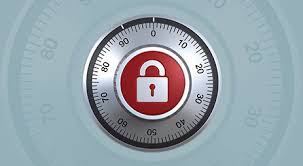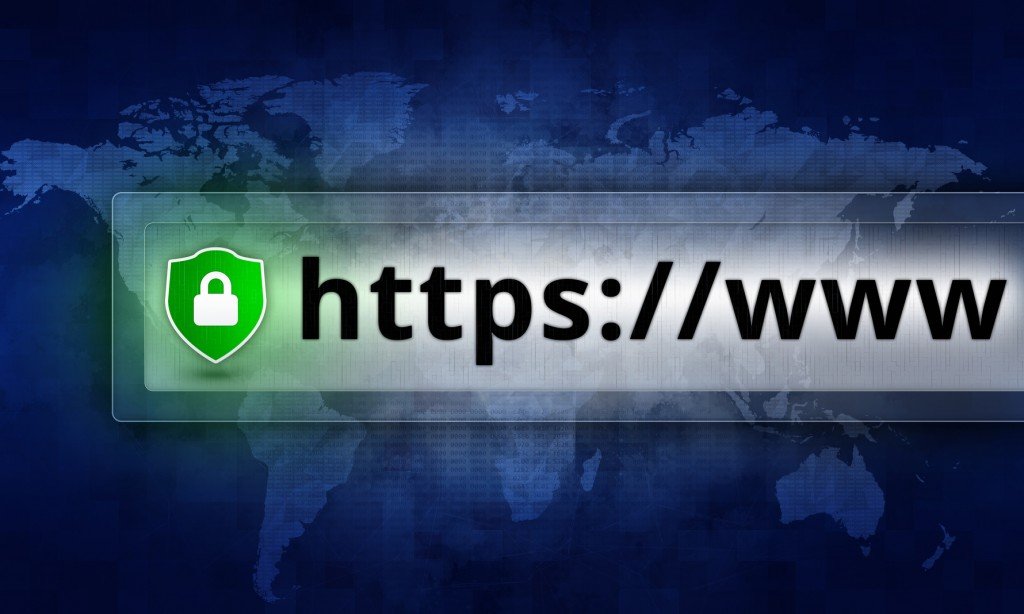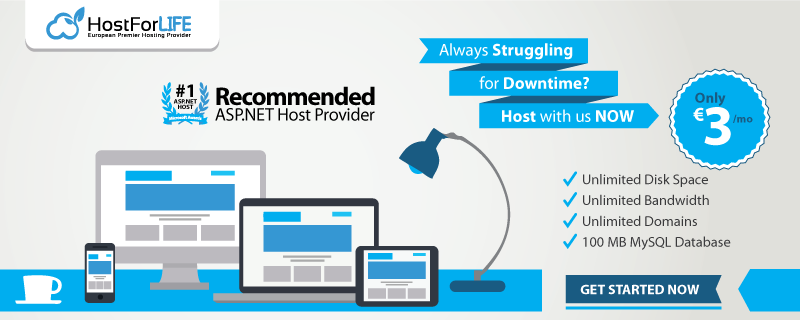Making your website live is like unlocking the door to your premises with your office and safe open: Most of the people who visit your physical building will never even know that all of your data is there to discover just by walking in. Occasionally you will find someone with malicious intent who will walk in and steal your data. That is why you have locks on doors and safes.
Your website is just the same, except that you will never see anyone come in unless you have protection systems in place. Electronic thieves are invisible and fast., searching for your website for details of customers’ accounts, especially for their credit card information. You have a legal obligation to protect this data from theft and to report security breaches that occur.
Theft is not the only thing on the mind of a hacker: Sheer destruction is a major motivator. Hackers may want to destroy all your records, put a sick message on your customers’ screens or just destroy your reputation.
You can never undo the damage done by a hacker, you can take steps to prevent it. Even the most basic protection will discourage many hackers enough to make them go looking for easier pickings elsewhere. Thieves are likelier to steal from people who leave their doors unlocked.
The following is 3 steps to secure your site from hackers
Step #1: Keep platforms and scripts up-to-date
One of the best things you can do to protect your website from being hacked is to make sure any platforms or scripts you’ve installed are up-to-date. Because many of these tools are created as open-source software programs, their code is easily available – to both good-intentioned developers as well as malicious hackers. Hackers can pore over this code, looking for security vulnerabilities that allow them to take control of your website by exploiting any platform or script weaknesses.
As an example, if you’re running a website built on WordPress, both your base WordPress installation and any third-party plugins you’ve installed are potentially vulnerable to these types of attacks. Making sure you always have the newest versions of your platform and scripts installed minimizes the risk that you’ll be hacked in this way and usually takes very little time to do.
WordPress users can check this quickly when they log in to their WordPress dashboard. Look for the update icon in the top left corner next to your site name. Click the number to access your WordPress Updates.
Step #2: Make Sure You Always Install Security Plugins
Once you’ve updated everything, further enhance your website security with plugins that actively prevent website hacking attempts.
Again, using WordPress as an example, you’ll want to look into free security plugins like iThemes Security and Bulletproof Security (or similar tools that are available for websites built on other content management systems). These products address the security vulnerabilities that are inherent in each platform, foiling additional types of hacking attempts that could threaten your website.
Alternatively – whether you’re running a CMS-managed site or HTML pages – take a look at SiteLock. SiteLock goes above and beyond simply closing site security loopholes by providing daily monitoring for everything from malware detection to vulnerability identification to active virus scanning and more. If your business relies on its website, SiteLock is definitely an investment worth considering.

Step #3: Secure Your Site Using Https
As a consumer, you may already know to always look for the green https in your browser bar any time you’ll be providing sensitive information to a website. Most consumers know to recognize those five little letters as an important shorthand for hacker security: they signal that it’s safe to provide financial information on that particular webpage.

Step #4: Install a Web Application Firewall
A web application firewall (WAF) can be software or hardware based. It sets between your website server and the data connection and reads every bit of data passing through it.
Most of the modern WAFs are cloud based and provided as a plug-and-play service, for a modest monthly subscription fee. Basically, the cloud service is deployed in front of your server, where it serves as a gateway for all incoming traffic. Once installed, web application firewall provides complete peace of mind, by blocking all hacking attempts and also filtering out other types of unwanted traffic, like spammers and malicious bots. This is a great way to avoid getting hacked like Craigslist.
Step #5: Limit File Uploads
File uploads are a major concern. No matter how thoroughly the system checks them out, bugs can still get through and allow a hacker unlimited access to your site’s data. The best solution is to prevent direct access to any uploaded files. Store them outside the root directory and use a script to access them when necessary. Your web host will probably help you to set this up.
Step #6: Use Strong Password
This one seems simple, but it’s so important.
It’s tempting to go with a password you know will always be easy for you to remember. That’s why the #1 most common password is still 123456. You have to do better than that – a lot better than that.
Make the effort to figure out a truly secure password (or if you use our service, then you can generate use HostForLIFE’s password generator). Make it long. Use a mix of special characters, numbers, and letters. And steer clear of potentially easy-to-guess keywords like your birthday or kid’s name. If a hacker somehow gains access to other information about you, they’ll know to guess those first.
And make sure everyone who has access to your website has similarly strong passwords. Institute requirements in terms of length and the type of characters that people are required to use so they have to get more creative than going with the standard, easy passwords they turn to for less secure accounts. Creating strong passwords can prevent a hacker from being able to gain access to your accounts.
Step #7: Backup Your Site Frequently
Just in case the worst happens anyway, keep everything backed-up. Back up on-site, back up off-site, back up everything multiple times a day. Every time a user saves a file it should automatically back up in multiple locations. Backing up once a day means that you lose that day’s data when your hard drive fails. Remember every hard drive will fail.
At hostforlifeasp.net, we do daily backup and full monthly backup on our backup server. If you’re looking for a new hosting provider, don’t look further, you have found the best!! For new accounts, we’ll even transfer you for free!
